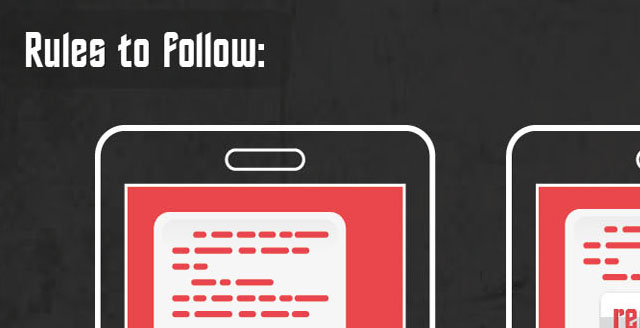Two interesting articles popped up on Mobile Marketer and Mobile Marketing Watch yesterday and today. The reason we find these interesting is that although Android continues it’s dominance of mobile market share, iOS still seems to reign supreme when it comes to actual device usage (at least on the mobile web). I would highly recommend reading both of these articles, but what they seem to suggest is that although Android is popular, the typical Android user is not using their phone to browse the web or access applications. This is important information when defining your mobile strategy and deciding which platform to focus the majority of your attention on. The articles can be found below:
Mobile Web Browsing Dominated by Apple’s iOS
According to the most recent data made available, last year ended with iOS having secured a 52% market share of mobile web browsing. Net Market Share reported Monday that Android – Google’s popular mobile operating system – significantly trails iOS with regard to leading mobile devices used to browse the mobile web. As of December 2011, Android only controls a 16.2 percent market share of mobile web browsing. In second place behind Apple is Java ME with a 21.3 percent market share.
Android controls 47pc of market share: comScore
The Android operating system still reigns supreme with 47 percent of market share, according to comScore’s latest mobile report. The comScore mobile subscriber report looked at how the smartphone market breaks down by device during the month of November. The study also looked at the most popular activities that consumers do on their mobile devices.



















